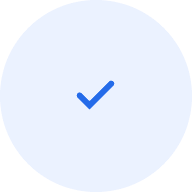What makes us special
We bring coherence to chaos.
Our team transforms scattered, unstructured web content into searchable, organized collections with metadata, persistent URLs, and institution-grade discovery tools—turning the web’s noise into usable knowledge.
We combine technology with human curation.
Our web crawling and AI enrichment are guided by human editors and librarians who understand scholarship and context. This balance ensures accuracy, quality, and trust—qualities that machines alone can’t provide.
We build partnerships, not silos.
We collaborate closely with libraries, archives, NGOs, and subject experts, ensuring that preservation is ethical, representative, and aligned with community needs.
We represent all the world.
Real-world knowledge means knowledge from the entire world—the North and South, the established and emerging, the dominant and marginalized. We pay special attention to at-risk content from the Global South and underrepresented communities.
We preserve born-digital and at-risk primary sources.
Most aggregators license traditional publications. Coherent saves at risk and fragile primary sources, often web-based—reports, print archives, government documents, blogs, and multimedia—before they vanish. We focus on content that would otherwise be lost to link rot, institutional collapse, or neglect.
We build, measure, and sustain real-world impact.
Our platforms give every user an audience of hundreds of thousands. Our analytics show how digital collections influence research, teaching, and public understanding, helping institutions demonstrate the enduring value of open knowledge preservation.
